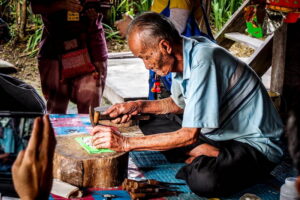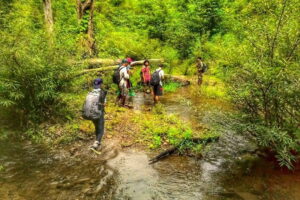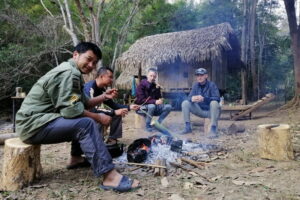Muang Pam VIllage
Muang Pam Village – A Hidden Cultural Gem in Mae Hong Son

📌 Overview
Muang Pam village is a small yet culturally rich village nestled in the highlands of Northern Thailand. Located in Tham Lot Subdistrict, Pang Mapha District, Mae Hong Son Province, it lies deep within the mountainous region bordering Myanmar. This village is home to the Karenni (Pa’o) and Karen (Pga K’nyau / Padaung) ethnic groups, who have preserved their traditional lifestyles, customs, and spiritual beliefs for generations.
The village offers a unique opportunity to experience authentic hill tribe culture , natural beauty, and sustainable tourism practices that empower local communities while preserving the environment and heritage.
🧍♂️ Ethnic Groups: The Pga K’nyau (Karens)
Introduction to the Pga K’nyau
The Pga K’nyau , often referred to as Long Neck Karen due to the brass neck coils worn by women, are one of the indigenous ethnic groups in Southeast Asia. They primarily inhabit the mountainous regions of eastern Myanmar and northern Thailand , including Mae Hong Son, Chiang Mai, and Tak provinces.
Language and Culture
- Language: The Pga K’nyau speak a Tibeto-Burman language known locally as Sgaw Karen . Some also understand Thai or Burmese.
- Clothing: Women traditionally wear long black tunics with intricate embroidery and brass rings around their necks, arms, and legs. Men wear dark-colored shirts and trousers.
- Beliefs: Most follow animism , believing in spirits residing in nature. However, some have converted to Buddhism or Christianity over time.
Social Structure
- The community is organized into clans , with strong kinship ties.
- Elders play a central role in decision-making and dispute resolution.
- Traditional values emphasize harmony with nature , community solidarity , and respect for ancestors .

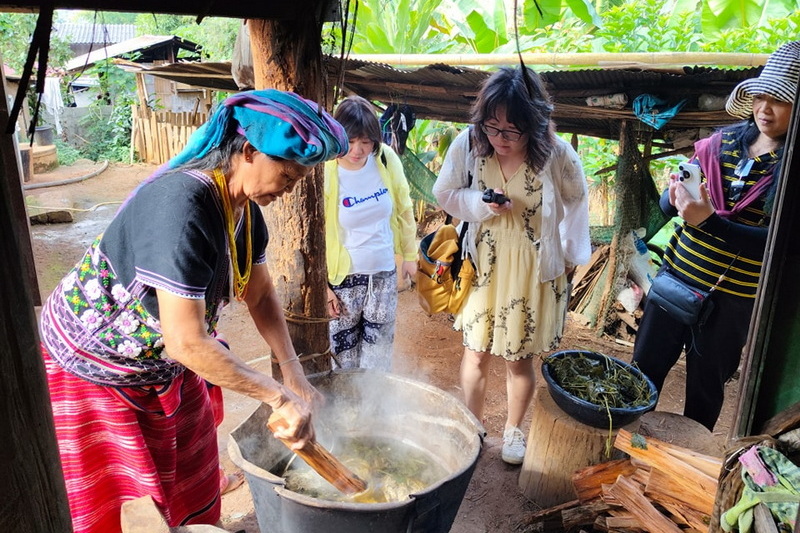
🏞️ Geography and Climate
Ban Muang Pam sits at an elevation of approximately 1,000 meters above sea level , surrounded by lush forests, steep hills, and serene valleys. The climate is cool throughout the year, especially during the winter months (November–February), when temperatures can drop below 15°C.
Key geographical features include:
- Tham Lot Cave : A natural cave that connects two sides of the mountain, offering a mystical trekking experience.
- Nam Pam Stream : A freshwater source used for daily life and agriculture.
- Surrounding Forests: Home to diverse flora and fauna, including rare bird species and wild orchids.
🏠 Community Life and Livelihoods
Agriculture
Residents practice shifting cultivation , growing rice, corn, cassava, and vegetables. Some families engage in terraced farming , influenced by neighboring Tai Yai (Shan) communities.
Handicrafts
Handicrafts are a vital part of the local economy:
- Weaving: Women produce traditional textiles using hand-spun cotton and natural dyes derived from plants like makham bark and indigo leaves.
- Bamboo Crafts: Skilled artisans create baskets, mats, and utensils from bamboo and rattan.
- Brass Jewelry: Local blacksmiths craft the iconic brass coils worn by women.
Community-Based Tourism (CBT)
In recent years, Muang Pam village has developed a successful Community-Based Tourism (CBT) model. Visitors can stay in homestays, learn about traditional crafts, and participate in daily life activities such as:
- Cooking local dishes
- Weaving demonstrations
- Trekking through forest trails
- Visiting sacred sites
All income generated from tourism goes directly back into the community, supporting education, healthcare, and infrastructure development.
🌿 Nature and Ecology
Muang Pam village is surrounded by pristine natural environments:
- Forest Conservation Areas: The villagers actively protect nearby forests under a community forest management system.
- Wildlife: Occasionally spotted animals include deer, wild boar, and various bird species.
- Organic Farming Initiatives: Several households cultivate organic vegetables and herbs without chemical fertilizers.
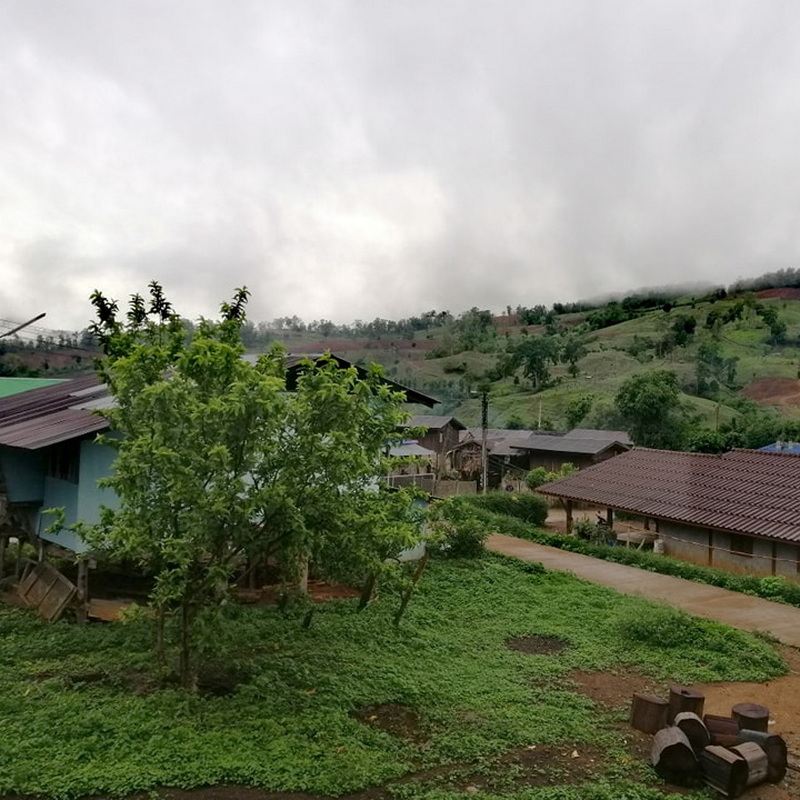
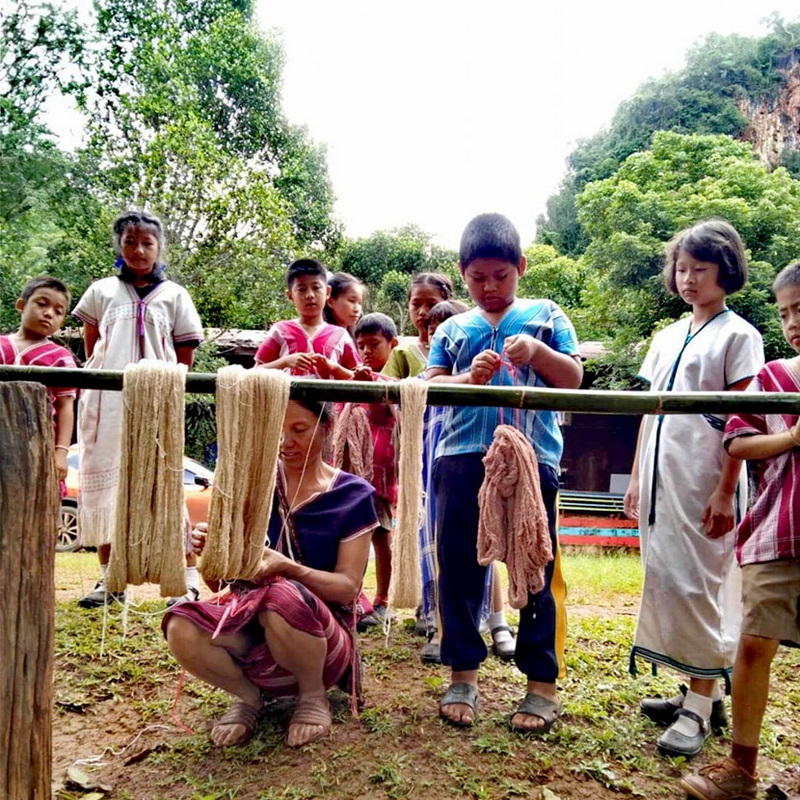
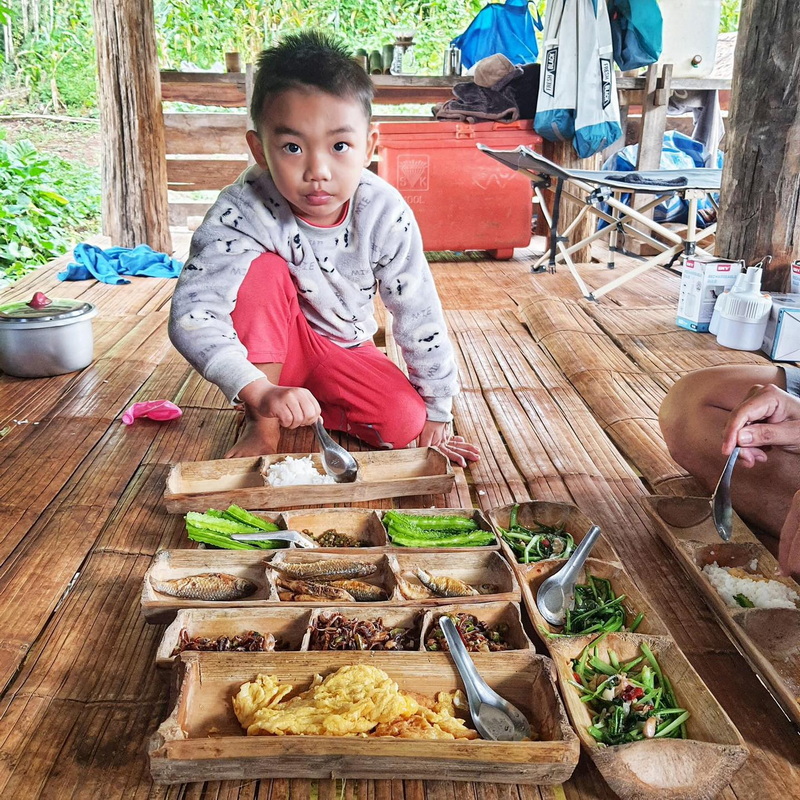
🛏️ Accommodation and Facilities
Homestays
There are several homestays operated by local families, offering:
- Traditional meals
- Comfortable sleeping arrangements
- Cultural exchange opportunities
Average price: THB 150–200 per person per night (including meals)
Camping Area
A designated camping area near the village center provides:
- Tents for rent
- Firewood and cooking facilities
- Scenic views of the mountains
Price: THB 450 per tent per night
🏕️ Tourist Attractions and Activities
1. Tham Lot Cave
- A naturally formed tunnel cave that you can walk through
- Stalactites and stalagmites inside the cave
- Guided tours available
2. Fish Sanctuary (Wang Pla)
- Sacred fish pond where locals believe spirits reside
- No fishing allowed; visitors must respect the rules
3. Nature Trails and Forest Walks
- Trekking routes ranging from 1–4 km
- Pass through bamboo groves, waterfalls, and wildlife zones
- Local guides available for hire
4. Traditional Weaving Demonstration
- Learn how to weave on a waist loom
- Try your hand at dyeing cotton with natural colors
5. Spiritual Sites
- Visit the village’s wooden Buddhist shrine
- Attend morning chanting ceremonies if visiting during religious holidays
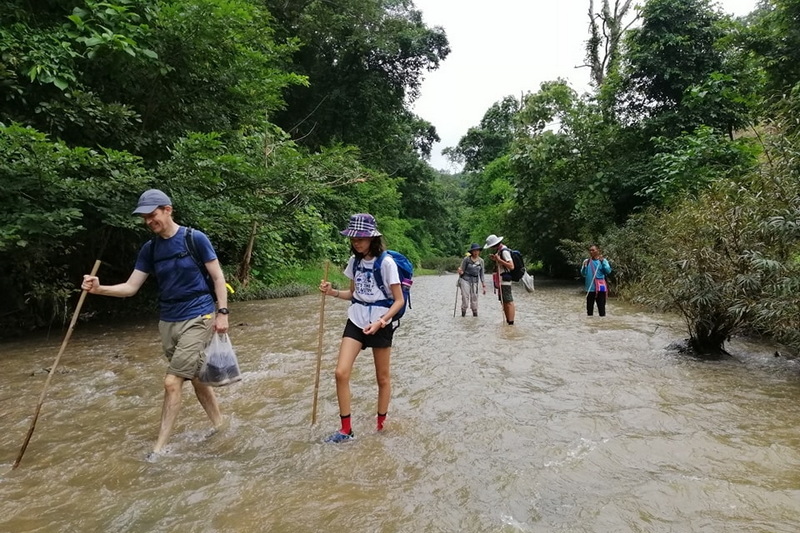
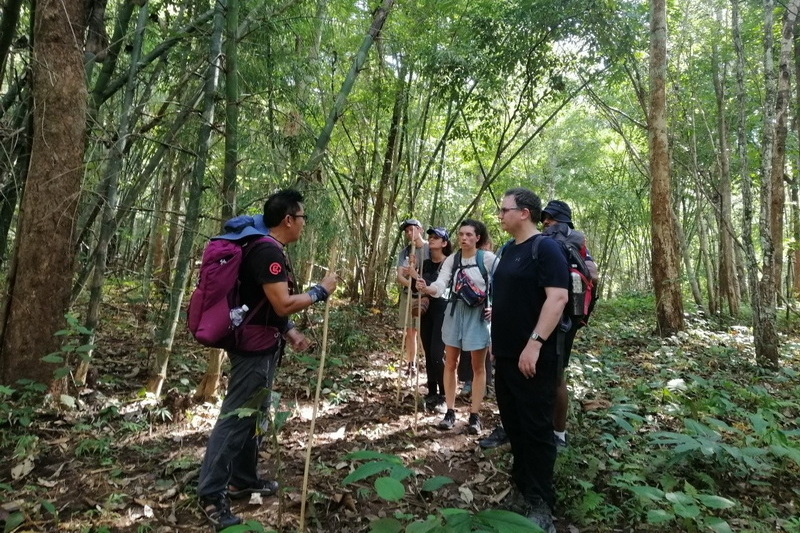
🗺️ How to Get There
From Mae Hong Son City:
- Travel time: Approximately 2–3 hours
- By private car or minivan: Head north toward Pang Mapha District , then take the road to Tham Lot Subdistrict
- Road condition: Mostly paved roads, but the final stretch may be unpaved—4WD vehicles are recommended during the rainy season
Public Transport:
- Shared songthaews (pickup trucks) or vans are available from Mae Hong Son to Pang Mapha
- From there, hire a motorbike or taxi to reach Mueng Pam
🧭 Our CBT Service
Step into the past and embrace a living culture in Ban Muang Pam — where history is woven into every thread and every stone.
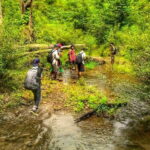 Previous Post
Previous Post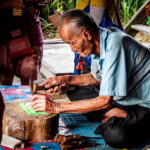 Next Post
Next Post